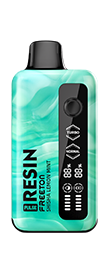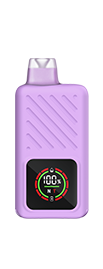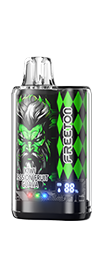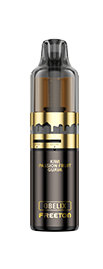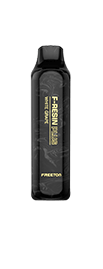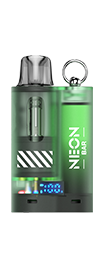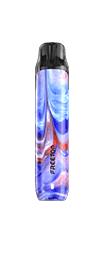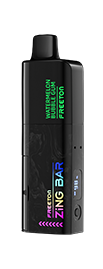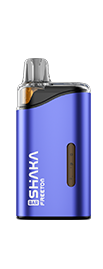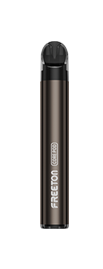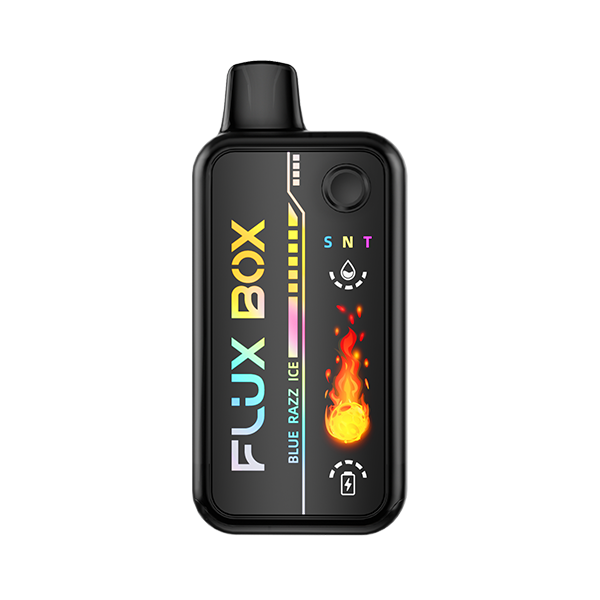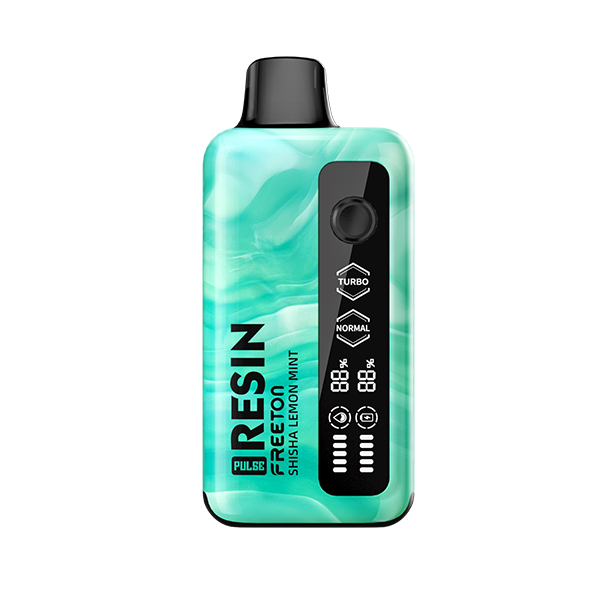
The regulatory landscape surrounding disposable electronic cigarettes (DECs) in Europe is a complex and evolving domain that reflects the region's commitment to balancing public health considerations with technological innovation. As the use of DECs continues to grow, understanding the regulatory framework becomes paramount. European regulations seek to address various aspects of DECs, spanning production, marketing, […]
The regulatory landscape surrounding disposable electronic cigarettes (DECs) in Europe is a complex and evolving domain that reflects the region's commitment to balancing public health considerations with technological innovation. As the use of DECs continues to grow, understanding the regulatory framework becomes paramount.
European regulations seek to address various aspects of DECs, spanning production, marketing, and usage. This overview aims to shed light on the multifaceted nature of these regulations and their implications for manufacturers, retailers, and consumers.

Current Legal Framework for Disposable Electronic Cigarettes in Europe
The legal framework governing disposable electronic cigarettes (DECs) in Europe is a complex interplay of national regulations and overarching directives. Understanding the current legal landscape is essential for manufacturers, retailers, and consumers to navigate the diverse regulatory environments across European countries.
Consumer Safety and Product Standards:
Overview:
One of the primary objectives of European regulations is to ensure the safety of consumers by setting stringent standards for the production and quality control of DECs. These standards cover various aspects, including materials, manufacturing processes, and product labeling.
Compliance Requirements:
Manufacturers must adhere to specific guidelines regarding the materials used in DECs, ensuring they meet safety standards. Additionally, there are regulations governing nicotine concentrations, packaging, and labeling to provide consumers with transparent information.
Youth Protection Measures:
Age Restrictions:
To prevent minors from accessing and using DECs, age restrictions are a common regulatory feature. Both online and offline retailers are obligated to implement robust age verification processes, ensuring that only adults can purchase and use these products.
Marketing Restrictions:
To mitigate the risk of DECs appealing to young individuals, marketing guidelines often restrict advertising content and placement. This includes avoiding strategies that could glamorize or attract underage users.
National Variances: Understanding Differences in Regulation
Marketing and Packaging Variances:
Significant variations exist among European nations regarding marketing guidelines and packaging regulations for DECs. Some countries impose strict limitations on advertising to prevent the glamorization of vaping, while others may adopt a more permissive approach. Packaging regulations often focus on clear labeling of nicotine content and health warnings.
Nicotine Concentration Limits:
Countries set varying limits on the concentration of nicotine in DECs. While some opt for a more conservative approach, restricting nicotine levels to minimize potential health risks, others may permit higher concentrations. These differences reflect diverse national attitudes toward nicotine use.
In navigating the current legal landscape for DECs in Europe, stakeholders must be aware of both commonalities and distinctions among countries. Harmonizing standards and practices across the region remains an ongoing challenge, requiring collaboration and a nuanced understanding of cultural and historical perspectives on smoking and vaping.
Stay tuned for updates on how these regulations may evolve, especially in response to emerging trends, scientific research, and shifts in public perception. The regulatory framework for DECs is dynamic, and continued vigilance is essential for all parties involved in the production and consumption of disposable electronic cigarettes in Europe.
National Variances: Understanding Differences in Regulation
The regulatory landscape for DECs exhibits significant variations among European nations. These differences arise due to diverse cultural attitudes toward smoking, public health priorities, and historical perspectives on tobacco regulation.
Marketing and Packaging Variances:
Marketing guidelines and packaging requirements for DECs can differ widely. Some countries may impose strict limitations on advertising to prevent the glamorization of vaping, while others adopt a more permissive approach. Packaging regulations often focus on clear labeling of nicotine content and health warnings.
Nicotine Concentration Limits:
Countries set varying limits on the concentration of nicotine in DECs. Some opt for a more conservative approach, restricting nicotine levels to minimize potential health risks, while others may permit higher concentrations.
Impact of TPD (Tobacco Products Directive) on Disposable Electronic Cigarettes
The Tobacco Products Directive (TPD) represents a pivotal regulatory framework governing tobacco and related products in the European Union. Its influence on DECs is profound, shaping various aspects of their production, marketing, and availability.
Product Notification and Registration:
Under the TPD, manufacturers must notify regulatory authorities about their products before placing them on the market. This notification includes detailed information about product ingredients, emissions, and health effects.
Maximum Tank and Nicotine Volume:
The TPD imposes restrictions on the tank capacity of refillable electronic cigarettes. However, these limitations do not directly apply to disposable devices. The directive also sets maximum nicotine concentrations for e-liquids.
Age Restrictions and Marketing Guidelines
Youth protection is a central tenet of European regulations on DECs, with a focus on preventing underage access and use. Age restrictions and marketing guidelines play a crucial role in achieving this goal.
Age Restrictions:
To safeguard minors, age restrictions on the purchase and use of DECs are a common regulatory measure. Retailers, both online and offline, are obligated to implement stringent age verification processes.
Marketing Guidelines:
Marketing regulations aim to strike a balance between informing adult consumers and preventing the allure of DECs to young individuals. Guidelines often dictate the content and placement of advertisements, emphasizing responsible marketing practices.

Future Trends: Anticipated Changes in European Regulations
The future of regulations governing DECs in Europe is marked by dynamic shifts influenced by emerging trends, scientific developments, and public health priorities. Several anticipated changes are on the horizon.
Enhanced Harm Reduction Measures:
Regulators are expected to deepen their commitment to harm reduction strategies, exploring ways to position DECs as a less harmful alternative to traditional smoking. This may involve incentivizing smokers to transition to DECs for smoking cessation.
Standardization and Collaboration:
Efforts to standardize regulations across European countries will likely intensify. Enhanced collaboration among member states aims to create a unified approach, streamlining regulatory processes and ensuring consistent consumer protection measures.
Technological Innovations and Safety:
As DECs evolve, regulatory bodies will adapt to technological innovations. Safety features and product standards may be updated to incorporate advancements that enhance the overall safety profile of these devices.
Public Consultations and Stakeholder Involvement:
Regulatory decisions are expected to become more inclusive, with increased public consultations and stakeholder involvement. This participatory approach ensures that diverse perspectives are considered in shaping future regulations.
Adaptation to Market Dynamics:
Regulations will likely adapt to changing market dynamics, considering factors such as the introduction of new product formats, flavors, and delivery systems. Flexibility in regulatory frameworks is crucial to addressing emerging trends in the rapidly evolving DECs market.
In conclusion, the regulatory landscape for disposable electronic cigarettes in Europe is characterized by a blend of national variations and overarching directives. As the industry matures and scientific understanding advances, regulations will continue to evolve, aiming to strike a delicate balance between fostering innovation and safeguarding public health. Stay tuned for further updates on the regulatory front as Europe navigates the complexities of disposable electronic cigarette use.



